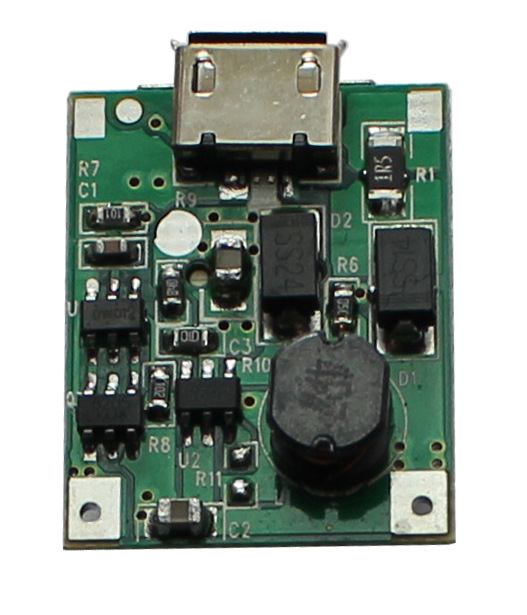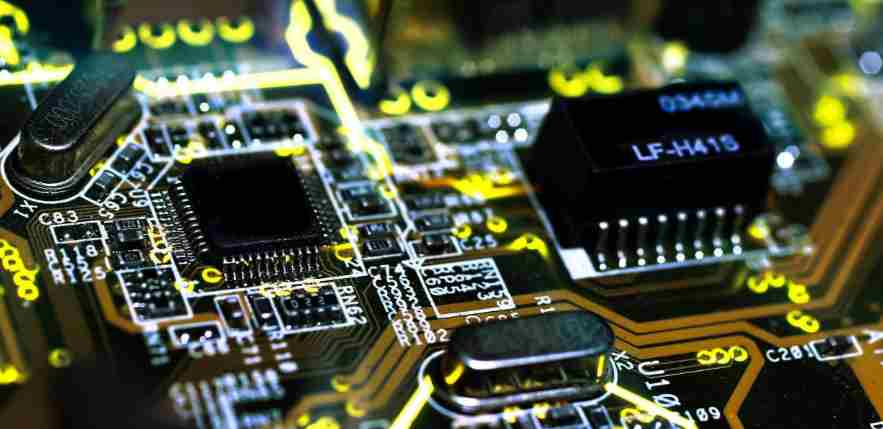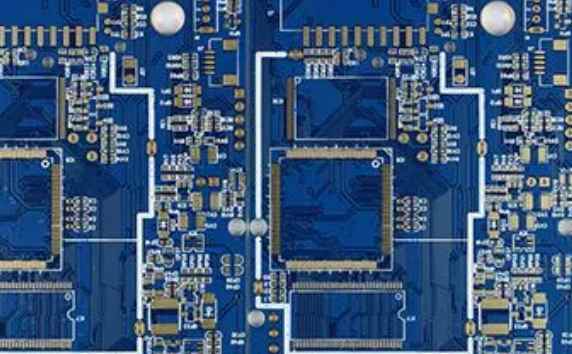
In the printed circuit board surface treatment process, we often confuse several processes: gold plating, gold plating and nickel palladium, what is the difference between them?
1. Gilt
Gilt plate, which uses real gold, already accounts for nearly 10 percent of the board's cost, even if it is only lightly coated. Gold plating with gold coating, one is easy to welding, two is to prevent corrosion; Even the gold fingers of memory sticks that have been around for years are still shining.
Advantages: strong conductivity, good oxidation resistance, long life; Dense coating, relatively wear-resistant, generally used for welding and plugging occasions.
Disadvantages: High cost, poor welding strength.
2. Chemical gold/sinking gold
Nickel leaching gold (ENIG), also known as nickel gold, nickel nickel gold, referred to as gold, gold precipitation. Gold plating is a chemical process in which copper is coated with a thick layer of nickel-gold alloy with good electrical properties to protect PCB boards for a long time. The thickness of the inner nickel deposit is generally 120~240μin (about 3~6μm), and the outer gold deposit thickness is generally 2~4μin (0.05~0.1μm). Gold plating can make the PCB achieve good electrical conductivity during long-term use, while also having environmental tolerance that other surface treatment processes do not have.
Advantages: 1, gold-plated PCB surface is very flat, good coplanar, suitable for the contact surface of keys. 2. Sunk gold has excellent solderability, and gold will quickly integrate into the melted solder to form metal compounds.

Disadvantages: the process is complex and requires strict control of process parameters to achieve good results. The most troublesome is that the PCB board surface after sinking gold is easy to produce black disk efficiency, affecting reliability.
3. Nickel palladium
Nickel palladium (ENEPIG) has an extra layer of palladium between nickel and gold compared to nickel gold. The electroless palladium layer can protect the nickel layer from excessive corrosion during the deposition of replacement gold. ; Palladium can be fully prepared for gold leaching while preventing corrosion caused by replacement reaction. The deposition thickness of nickel is generally 120~240μin (about 3~6μm), and that of palladium is 4~20μin (about 0.1~0.5μm). Gold deposition thickness is generally 1~4μin (0.02~0.1μm).
Advantages: Wide application range. At the same time, the connection reliability problem caused by the black disk defect can be effectively prevented by the matching of nickel and palladium gold.
Cons: While nickel palladium has many advantages, palladium is expensive and a scarce resource. At the same time, like gold sinking, its process control requirements are also very strict.
So, PCB circuit board "spray tin", "sink silver", "sink tin" surface treatment process what is the difference?
1. Spray tin
The silver plate is called a tin-spray plate. Spraying a layer of tin on the outer layer of copper circuit is beneficial to welding; But it doesn't offer the same long-term contact reliability as gold. Long-term use is easy to oxidize and rust, resulting in poor contact.
Advantages: Low price, good welding performance.
Disadvantages: The surface of the spray tin plate is poor, not suitable for welding pins with small gaps and too small components. It is easy to produce tin beads in PCB processing, and it is easier to short-circuit the pin elements with small gaps. When used in double-sided SMT process, it is easy to remelt tin beads or spherical tin points, resulting in more uneven surface and affecting welding problems.
2. Sinking silver
The silver leaching process is relatively simple and fast. Silver immersion is a substitution reaction, almost submicron sterling silver immersion (5~15μin, about 0.1~0.4μm). Sometimes the leaching process also contains some organic matter, mainly to prevent silver corrosion and eliminate silver migration problems. Provides good electrical properties and maintains good weldability even when exposed to high temperature, humidity and pollution, but tarnishes.
Advantages: Silver - immersed welding surface has good weldability and good coplanar property. There is also no conductive barrier like OSP, but it is not as strong as gold when used as a contact surface (such as keystroke surface).
Cons: Silver exposed to moisture can cause electron migration under voltage. The problem of electron migration can be reduced by adding organic ingredients.
3. Dip tin
After the previous soaking process, PCB board is prone to tin whiskers.and the tin whisker and tin migration in the welding process will cause reliability problems. Later, organic additives were added into the leaching solution to make the structure of tin layer granular structure, overcome the previous problems, and have good thermal stability and weldability.
Disadvantages: The biggest weakness of tin leaching is its short life, especially when stored at high temperature and humidity, Cu/Sn intermetallic compounds will continue to grow until they lose their weldability. Therefore, the tin plate can not be stored for too long.







